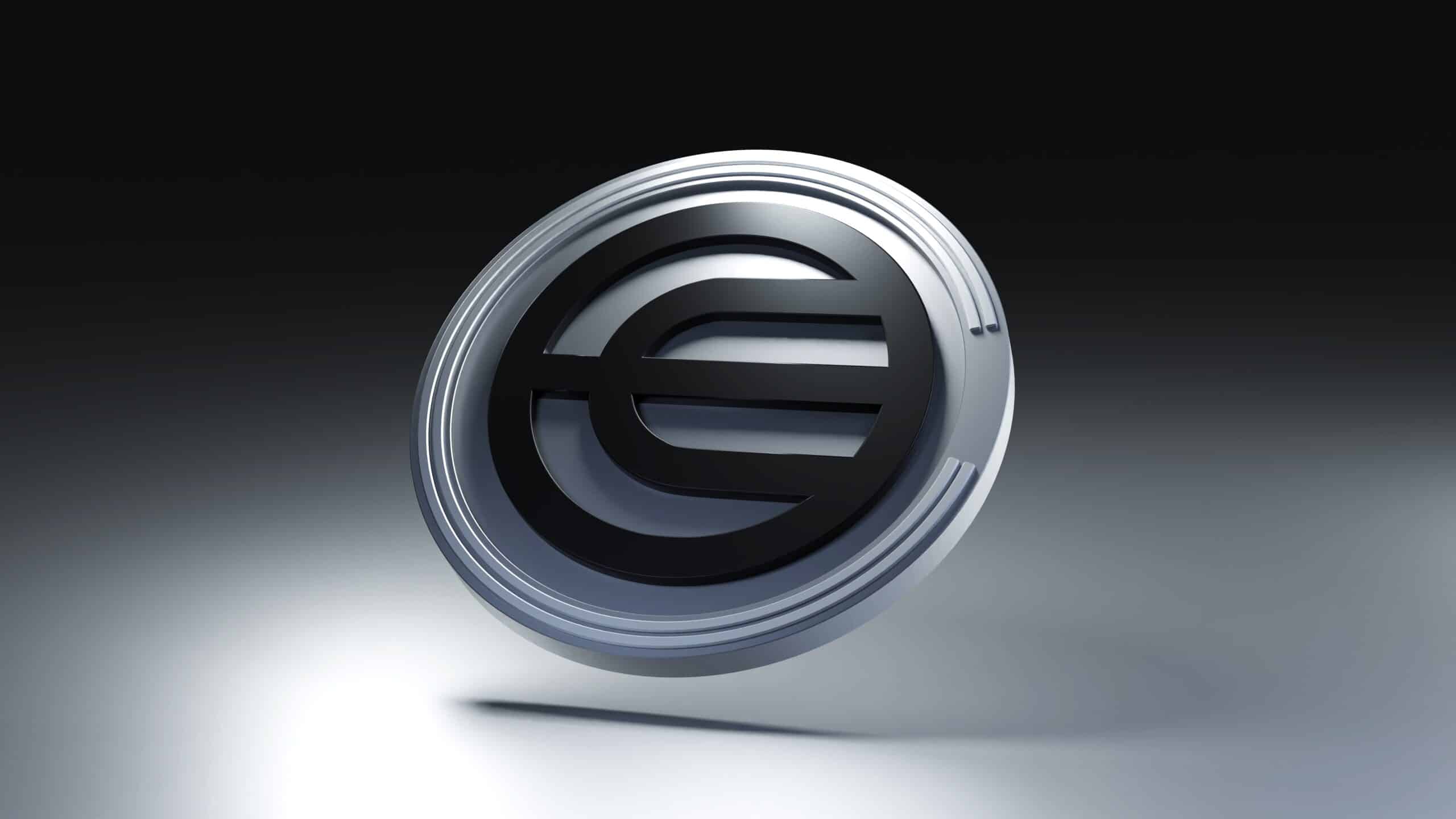Sam Altman’s Worldcoin Foundation has unveiled a new Ethereum layer 2 network that will be integrated with the Worldcoin protocol, with the ultimate goal of increasing the layer 2 block gas limit and address network costs.
In a Wednesday blog post, the company said that its new layer 2 World Chain would be a permissionless network that prioritizes transactions gerenerated by verified humans. To do this, people would prove their humanity using Worldcoin’s identity protocol World ID — an optional step that would be anonymized through zero-knowledge (ZK) proofs.
Introducing World Chain, a new blockchain designed for humans ⚪️ pic.twitter.com/qNb7S3vqut
— World (@worldcoin) April 17, 2024
Verified users will also get a free gas allowance, which the Worldcoin Foundation believes will minimize the friction to get started. This will take place through a bi-weekly WLD token claim, although users can also pay for gas in ether.
“The protocol will seek to reach an equilibrium where gas for casual users is ultimately covered by fees from bots and power users,” said the Worldcoin Foundation.
By their estimates, Worldcoin user transactions already represent 44% of the OP Mainnet activity, and sometimes spikes to over 80%, which makes scalability the need of the hour.
In a separate technical document, the Worldcoin team said that its dedicated layer 2 was part of its commitment to join the Superchain effort — a concept that is still in the works from the Optimism Foundation that would merge the OP Mainnet and other blockchains into a single unified network of OP chains.
“World Chain is an OP Stack chain that will be heavily targeted for scale. Our immediate goal is to increase the layer 2 block gas limit by a significant factor,” said the Worldcoin Foundation.
The new chain will be launched later this summer, but a developer preview could come much sooner.
Last week, Unchained reported that Worldcoin’s iris scanning technology had fallen into the crosshairs of regulators in Spain and Portugal, who raised concerns about potential privacy violations and a lack of adequate safeguards. The project responded by adding a feature for users to “unverify” themselves and delete their iris data from the Worldcoin database.



